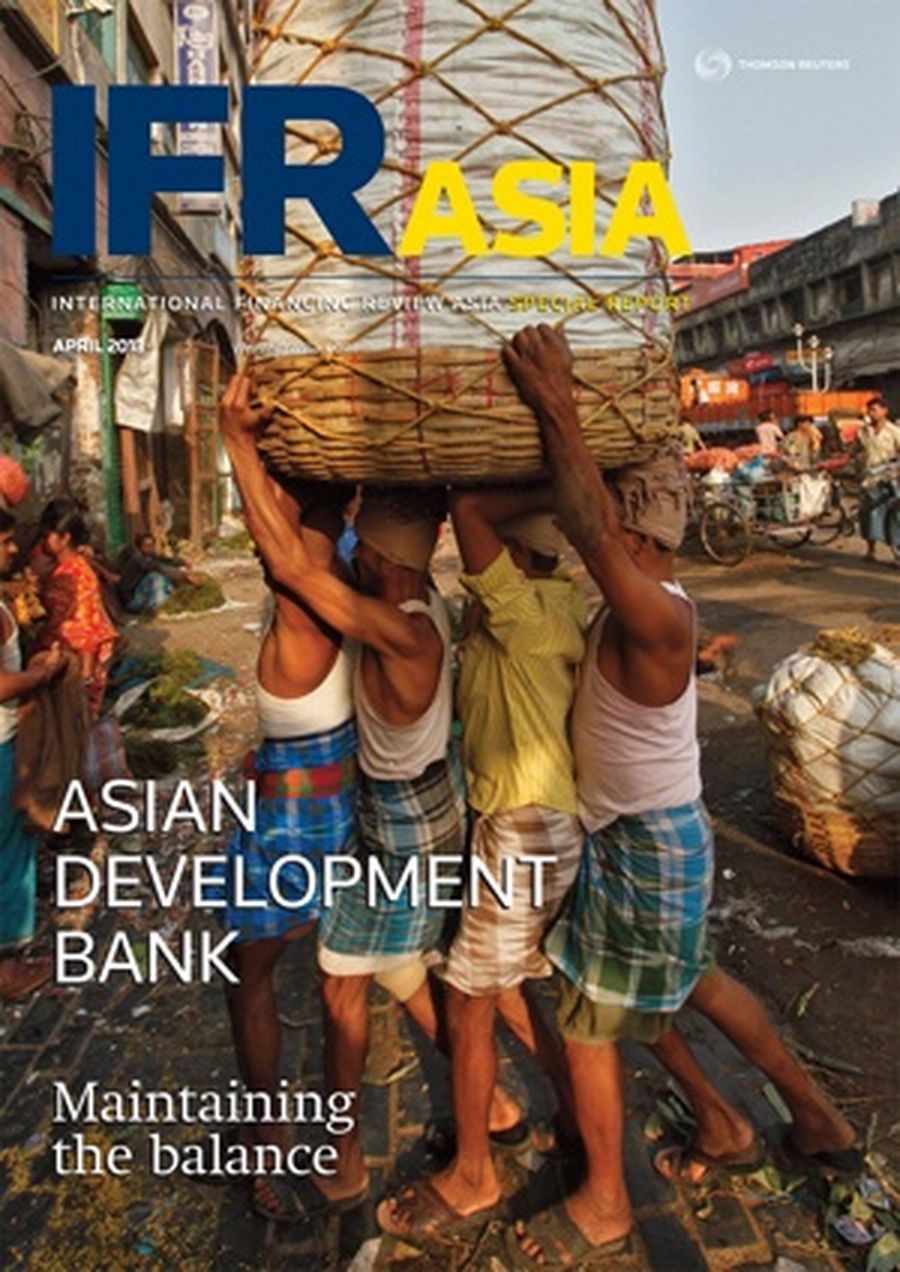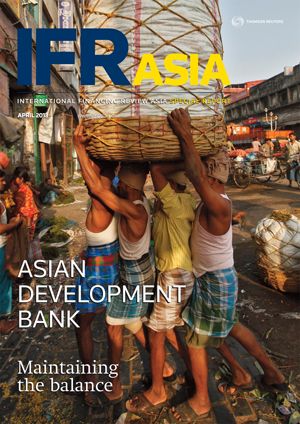
Source: Reuters/Rupak De Chowdhuri
Workers carry a packed basket of vegetables at a wholesale vegetable market in Kolkata.
The Asian Development Bank’s return to India brings with it a marked contrast from last year’s annual meeting in Manila. While the Philippines, under a new president with big plans for economic reforms and infrastructure investment, was – and still is – drawing praise from analysts and attracting crowds of enthusiastic investors, the mood in New Delhi is far more circumspect.
India has announced a series of welcome measures to restore international confidence, stave off a ratings downgrade and halt a decline in growth, but the business community remains sceptical over the government’s ability to deliver on its promises.
The same contrast applies to Asia as a whole. Confidence in economic growth has rebounded, but risks are also becoming more apparent. If last year was a time for hope and enthusiasm, 2013 is more about caution and consolidation.
The ADB’s latest Asian Development Outlook report, released in April, maintained its prediction of a 6.6% growth rate for Asia in 2013, after a series of cuts to its outlook last year. Last April’s forecast of a rebound to 7.3% in 2013 shrank to 7.1% in July, 6.7% in October and 6.6% in December. Confident that the slowdown is over, other economists are calling for an end to rate cuts in most of Asia’s economies.
Capital markets are up strongly. After finding a floor in the summer of 2012, the MSCI Asia Pacific stock index has gained 18%, the Jakarta index 36%, the Philippines 39% and Hong Kong 19%. Asian companies are enjoying their biggest following of all time in the international bond markets, with overseas debt sales running at a record pace.
Stronger international inflows, however, also increase the risks for Asia. Warnings of asset bubbles are already getting louder, amid surging house prices in Hong Kong, Singapore and elsewhere. On some measures, debt-to-GDP ratios in Asia have surpassed their 1997 peaks.
Japan’s recent announcement of an enormous monetary expansion threatens to add to those inflows at a time when many of Asia’s economies are already showing signs of overheating. It also throws the spotlight on the flow of cheap money, raising more questions over Asia’s ability to continue growing once those inflows and easy credit begin to withdraw.
This presents several challenges to Asia’s development. Slower growth is not necessarily a bad thing if it means growth is on a more stable footing, thanks to a greater domestic component – a stronger, and necessary, focus today for policymakers across the region. The upward trajectory, however, remains fragile and much of the progress made in reducing poverty and improving living conditions risks being undone by unforeseen shocks, whether they come from financial markets, political tensions, social unrest or natural disasters.
As long as those risks exist, however, volatility is bound to remain a feature of the Asian landscape.
India’s predicament sums up the outlook for Asia. While its potential is enormous, policymakers cannot afford to lose focus on the challenges ahead.
To see the digital version of this report, please click here.
